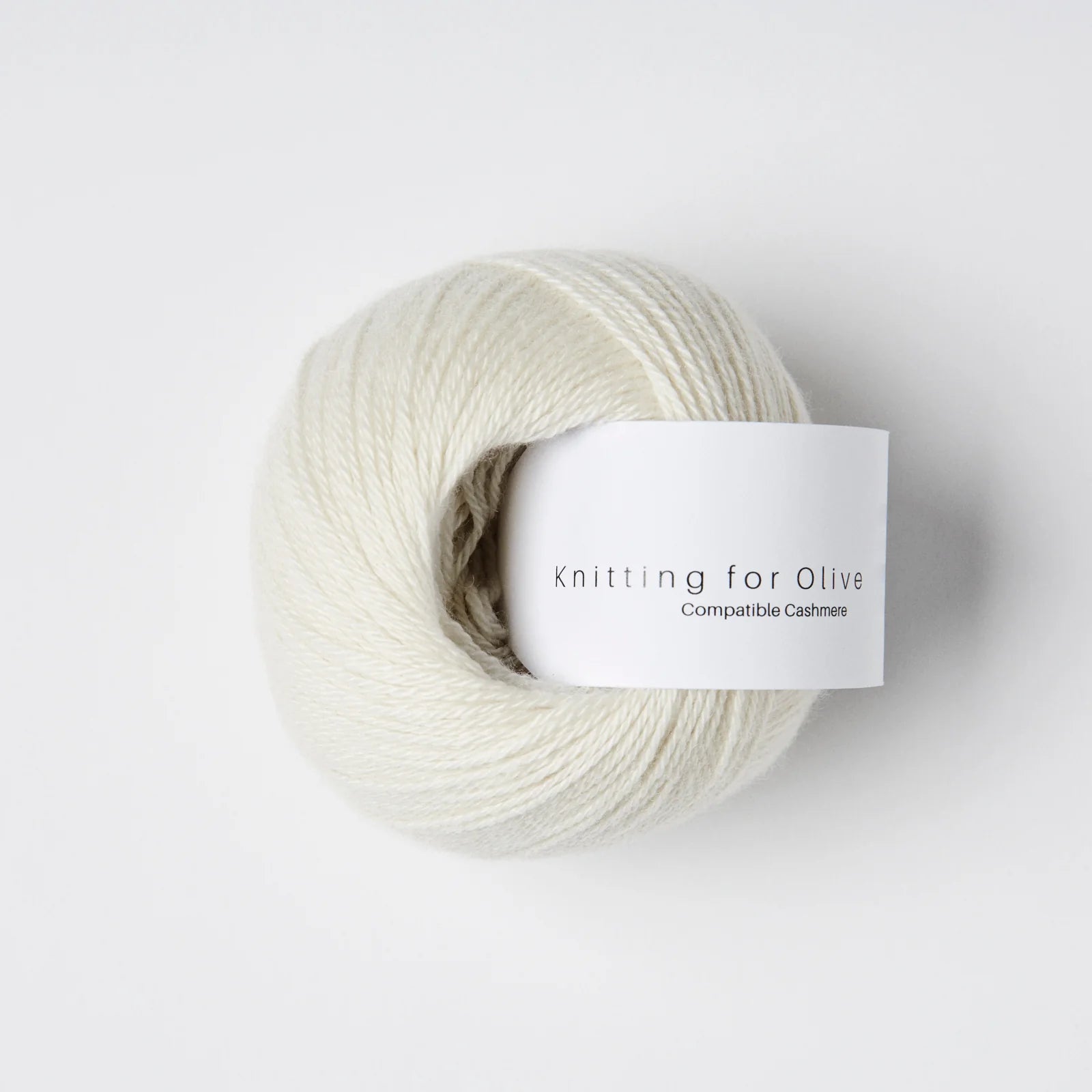What Is Cashmere and Why It’s Regarded One of the Softest Fabrics in the World
What Is Cashmere and Why It’s Regarded One of the Softest Fabrics in the World
Blog Article
Discover the Appeal of Cashmere a Natural Fiber: Why It's a Must-Have in Your Closet
The allure of cashmere, a deluxe natural fiber, transcends mere aesthetics. Stemming from the Kashmir region, this light-weight yet resilient product has actually woven its way right into high-end style as a result of its distinct properties and versatile appeal. From reviewing its interesting beginning to comprehending its production procedure, treatment, and high quality, it deserves checking out why cashmere holds such an unique location worldwide of textiles. Discover the sophistication and compound of this fiber as we start an expedition of its allure.

The Origin and History of Cashmere: A Brief Introduction
While many might view cashmere as a straightforward deluxe, its background is steeped in abundant social practice. Originating from the Kashmir region in India, cashmere woollen has been produced for thousands of years. The fiber is gotten from the soft undercoat of cashmere goats, collected during their molting season.
Recognizing the Special Qualities of Cashmere Fiber
While other materials may put on down over time, cashmere preserves its high quality, ensuring resilient wear. Cashmere possesses a distinct aesthetic appeal. Comprehending these residential properties clarifies why cashmere is not just a high-end, but a worthwhile financial investment for any wardrobe.

The Refine of Making Cashmere: From Goat to Garment
To value the luxurious residential or commercial properties of cashmere fully, one need to comprehend its journey from the raw fiber to the completed product. The process begins with the cashmere goats, primarily discovered in Mongolia, China, and Iran. The pure cashmere is then dyed, spun right into yarn, and finally weaved or woven right into the desirable garments.

Decoding the High Quality and Rate: Why Is Cashmere so Expensive?
Cashmere stems from the great undercoat of the cashmere goat, with each goat creating a simple 150 grams visit homepage each year. The processing of raw cashmere needs both time and experience, with the fibers requiring to be carefully arranged, washed, and spun. These factors incorporated make cashmere a pricy yet extremely in-demand asset in the globe of fashion.
Cashmere in vogue: The Flexibility and Timeless Allure
Regardless of its high price, the ageless appeal and convenience of cashmere have solidified its location in the realm of style. The fiber's unique structure, characterized by its soft qualities and warmth, has become identified with deluxe and comfort. Its adaptability expands beyond seasonal fads, making it a wardrobe vital in different types, from elegant sweaters to posh scarves. The flexible nature of cashmere allows for useful site its combination into both formal and laid-back clothing, representing its wide appeal. The fabric's enduring appeal over the years attests to its ageless appeal. As patterns reoccured, cashmere stays a constant, its appeal undiminished, remaining to shape the fashion and motivate industry's landscape.
Taking Care Of Your Cashmere: Upkeep and Preservation Tips
Making sure the long life of cashmere garments needs particular care and focus. Routine brushing with a cashmere comb can stop pilling. With these upkeep and conservation ideas, one can ensure their cashmere remains long lasting and luxuriously soft.
Conclusion
Cashmere, with its unequaled softness and warmth, supplies both luxury and sturdiness. Its origin from the Kashmir region and meticulous production process add to its premium allure and expense. Its flexibility in vogue and withstanding appeal make it a deserving financial investment for any kind of closet. With appropriate treatment and preservation, cashmere garments can last for several years, offering a distinct mix of quality, comfort, and style. Discover the allure of cashmere and elevate your fashion collection.

Report this page